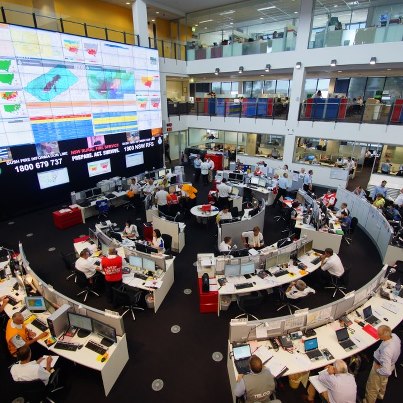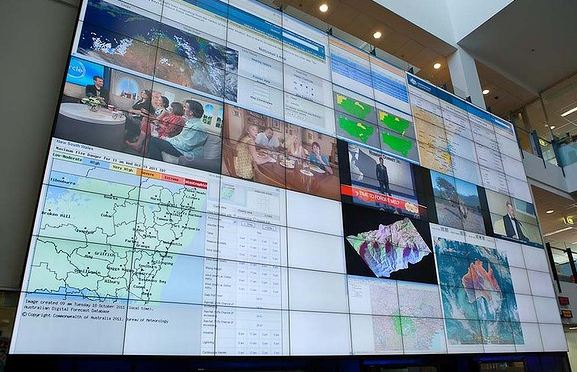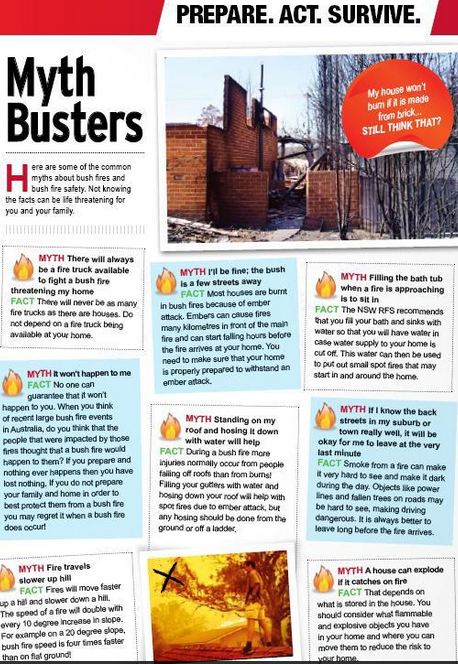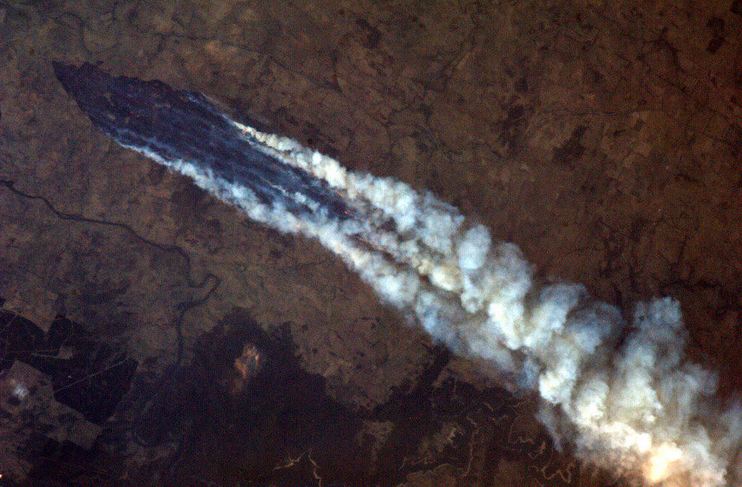
UPDATE: January 14, 2013. The deceased firefighter has been identified as Peter Ronald Cramer, 61, a 30-year volunteer from the town of Tyers, Victoria about 160km east of Melbourne. The latest information is that he been on foot identifying containment lines before he was found deceased on a track at 5pm on Sunday.
=========
A firefighter from Gippsland aged in his 60s died Sunday while working on a wildfire in Tasmania. The man was one of 70 from Victoria that had been sent to assist with the suppression of fires raging in the state. News.com.au reported that the firefighter was on foot conducting a backburning operation on the Forcett Fire when he was killed near Taranna, about 30 air miles southeast of Hobart (map).
The firefighter’s family has been notified but his name has not been released to the public.
The Forcett fire started on November 16 and has burned 24,040 hectares (59,404 acres) within a perimeter of 200km. It is being fought by 150 firefighters using 39 tankers and four aircraft.
Our sincere condolences go out to the firefighter’s family and co-workers.










